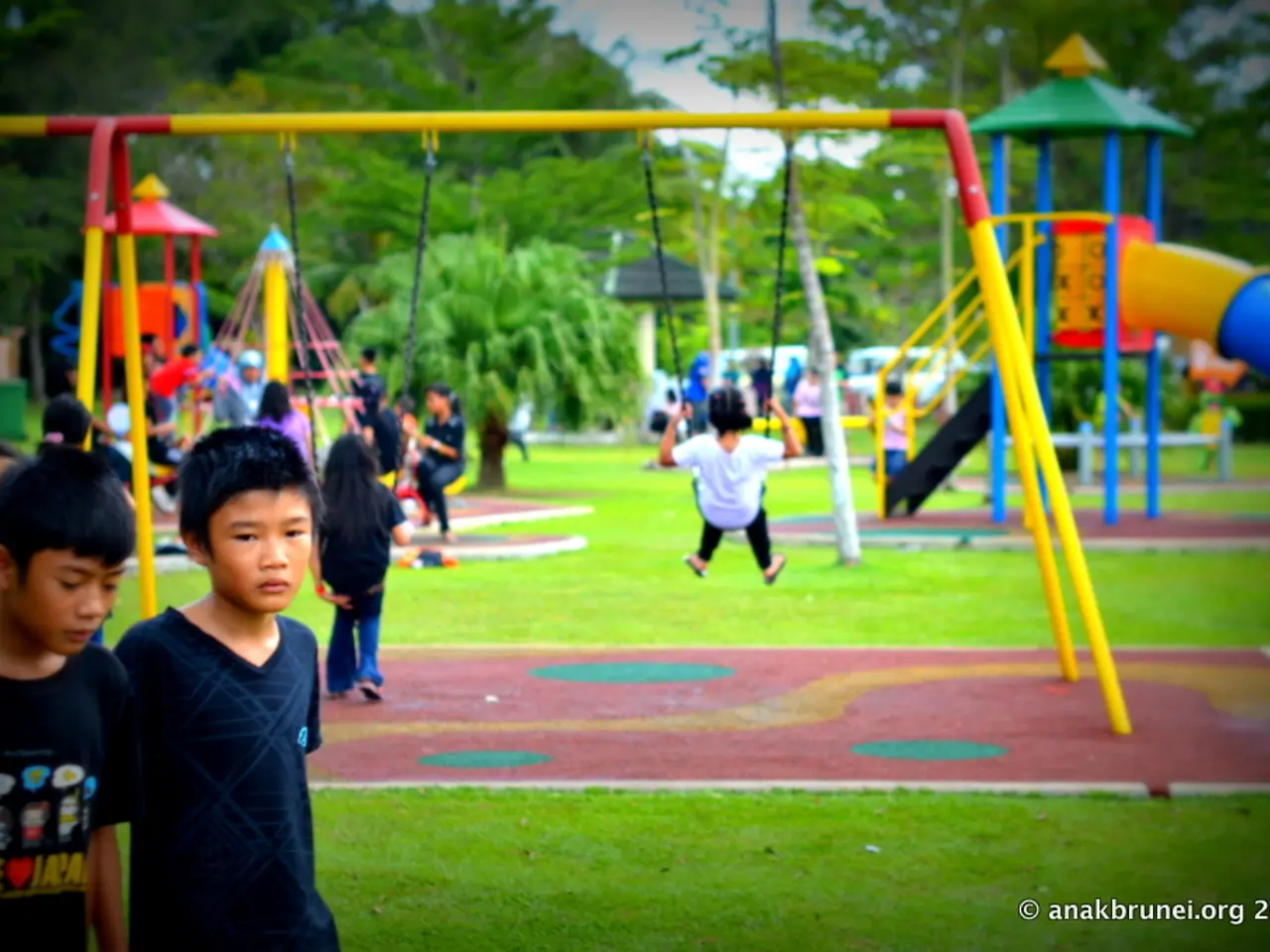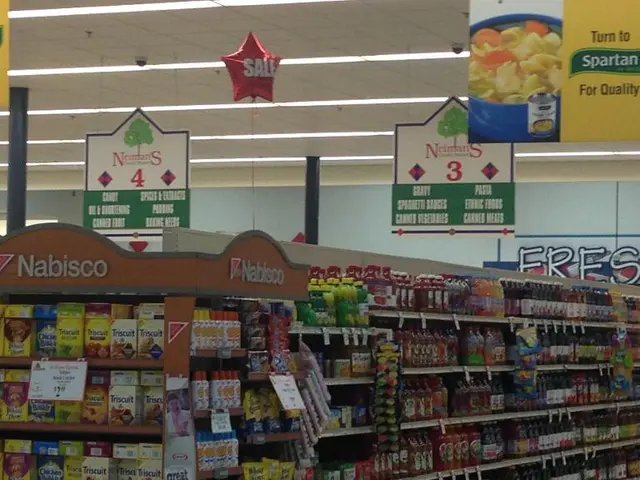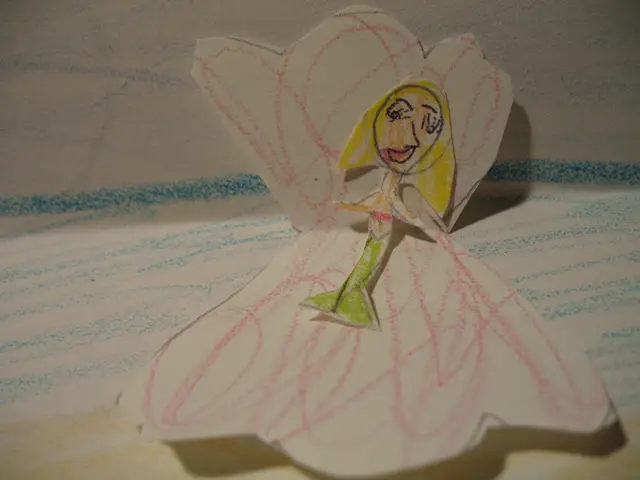Seven Creative Garden Learning Spaces Designed to Fuel Curiosity and Inspiration
In an innovative move to foster children's creativity and understanding of the natural world, a proposal for an Art and Creativity Outdoor Studio has been put forth. This space will encourage children to express their creativity using nature's own materials, such as leaves, twigs, and stones.
To further stimulate children's artistic and scientific curiosity, Natural Material Collection Stations have been suggested. These stations will help children discover artistic possibilities in everyday garden elements and provide a hands-on approach to learning about the environment.
The garden will also become a Butterfly and Pollinator Learning Hub, featuring a variety of nectar plants for adult butterflies and host plants for caterpillars, creating a complete lifecycle learning environment. To engage children during independent exploration time, interactive elements like butterfly lifecycle wheels and pollinator matching games have been proposed.
To facilitate the learning process, demonstration areas for decomposition studies and multiple composting bin systems have been suggested. These areas will help children understand natural cycles and the importance of environmental stewardship. Clear-sided observation boxes filled with different organic materials and temperature monitoring stations will allow children to observe decomposition timelines and correlate heat levels with microbial activity and decomposition speed.
A small shelter or gazebo near the observation area will serve as a quiet space for children to process their observations and complete nature journals. Additionally, a Reading and Storytelling Garden Nook will provide a literary sanctuary, complete with comfortable seating, shade structures using living plants, and book storage solutions for outdoor use.
To encourage tactile learning, incorporating prickly plants in raised containers and varied ground textures has been suggested. A Sensory Exploration Garden Station will engage children's senses with touch-friendly plants, aromatic herbs, and fragrant flowers.
To promote science and exploration, nature photography and outdoor classrooms using crates or other materials have been proposed. Adjustable easels and work surfaces made from reclaimed wood will provide spaces for artistic projects. Measuring tools and scales near sorting areas will reinforce math skills while teaching proper composting balance techniques.
For a more interactive and engaging experience, labeled sorting stations, sorting trays with different compartments, and wind chimes have been recommended. Small plaques where children can write about their creative process and inspiration will encourage self-expression.
Weather monitoring equipment and seasonal weather tracking tools will be installed in the outdoor science laboratory space, while weather-resistant display boards and rotating gallery spaces will showcase children's outdoor masterpieces.
To ensure safety and accessibility, soft surface materials like bark or rubber mulch will be used, and paths will be wide and accessible for all users. Simple observation stations at different heights will cater to children of various ages. Child-accessible tumbler composters will provide hands-on mixing experiences.
By implementing these ideas, you can create a vibrant and engaging multipurpose garden learning area that supports children's cognitive, social, and emotional development. This space will not only nurture creativity but also foster a love for the environment and encourage a lifelong appreciation for nature.
In the proposed design, an Education-and-Self-Development corner could be established, featuring a Reading and Storytelling Garden Nook for literacy exploration and a Sensory Exploration Garden Station to engage children's senses.
To complement the home-and-garden focus of the outdoor studio, Natural Material Collection Stations could encourage children to repurpose everyday garden elements for artistic projects, promoting a lifestyle that values creativity and eco-friendly practices.







